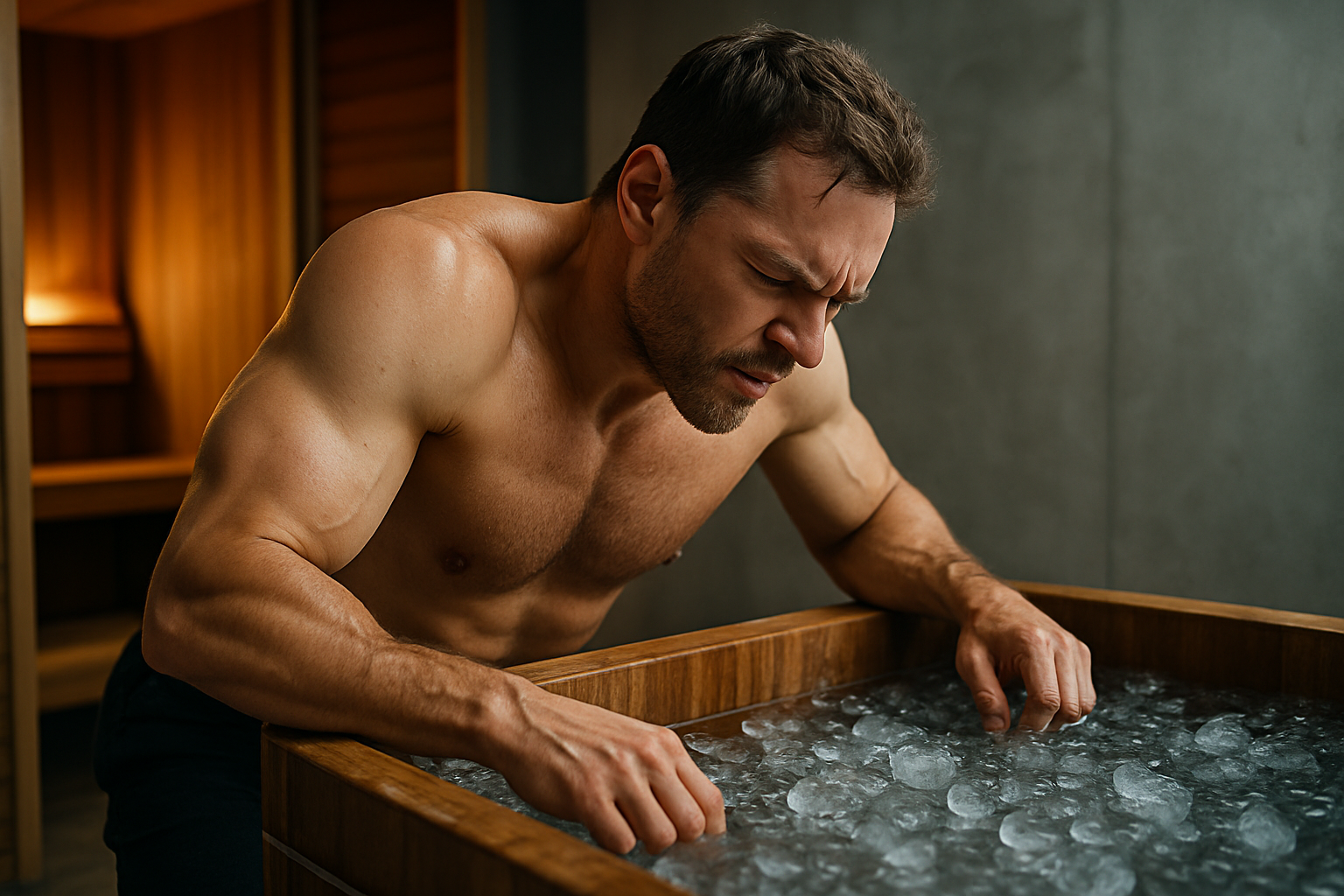Cold Plunge: Benefits, Risks, and How It Works
A cold plunge is intentional immersion in cold water for a short period, practiced for physical recovery, mental focus, and as part of various wellness routines. Interest in cold plunges, ice baths, and related forms of cold therapy has grown in fitness and health communities, but results and practices vary widely depending on method and individual factors.

This article is for informational purposes only and should not be considered medical advice. Please consult a qualified healthcare professional for personalized guidance and treatment.
What is a cold plunge?
A cold plunge typically means stepping into a tub, pool, or container of cold water—often between 10–15°C (50–59°F), though temperatures vary—then remaining immersed for a brief time, commonly from 30 seconds up to several minutes. Cold plunge setups range from dedicated plunge tubs to converted bathtubs and natural bodies of water. The practice focuses on controlled exposure rather than prolonged hypothermia; practitioners time sessions, monitor breathing, and exit if symptoms like numbness or dizziness occur.
How does cold water affect the body?
Immersion in cold water triggers immediate physiological responses: blood vessels constrict near the skin (vasoconstriction), heart rate and blood pressure can rise temporarily, and the body activates shivering and other mechanisms to preserve core temperature. These responses can alter circulation and inflammation markers, and some people report reduced muscle soreness and a perceived increase in alertness. Individual reactions differ by age, fitness level, and health conditions, so gradual acclimation and caution are important when starting.
Cold plunge vs. ice bath: what’s the difference?
An ice bath generally describes water filled with ice to reach lower temperatures; a cold plunge may use chilled water without visible ice. Practically, both aim for cold exposure, but an ice bath typically goes colder and can be more uncomfortable or risky for people unaccustomed to cold. Cold plunges, especially in purpose-built tubs, often allow better temperature control, circulation through filtration systems, and easier entry/exit. Choosing between them depends on tolerance, goals, and access to equipment or natural options.
What does cold plunge therapy claim to do?
Cold plunge therapy is promoted for several effects: reducing post-exercise muscle soreness, supporting recovery from intense workouts, improving perceived mood or alertness, and influencing inflammatory processes. Some people combine cold exposure with breathing techniques or contrast therapy (alternating hot and cold). Scientific evidence supports certain short-term benefits for recovery and subjective well-being, but findings are mixed and context-dependent. Clear mechanisms and long-term outcomes remain under study, so claims should be viewed cautiously and personalized.
Cold plunge and overall wellness
For some users, regular cold plunge sessions become part of a broader wellness routine that includes sleep, nutrition, and exercise. Reported benefits often include increased resilience to stress, sharper focus immediately after immersion, and a ritualized practice that supports mental routines. However, cold exposure is one element among many that influence health. Integrating cold plunges thoughtfully—matching frequency and duration to individual goals and tolerances—helps avoid overuse and ensures it complements rather than replaces foundational wellness habits.
Safety, preparation, and practical tips
Safety starts with medical screening: people with heart conditions, uncontrolled hypertension, Raynaud’s disease, or certain circulatory problems should seek medical advice before cold immersion. Begin with shorter durations at milder temperatures and monitor breathing and sensation. Have a warm environment and dry clothing available after exiting. Avoid alcohol before immersion and never plunge alone in uncontrolled environments. For athletes, timing sessions with training cycles and recovery needs can maximize benefits while reducing risk of blunted adaptation to training when used excessively.
Cold plunges can be done in local services such as recovery centers, fitness facilities, or studios that offer temperature-controlled tubs, and some people install home plunge tubs. If you plan to try a cold plunge in your area, check providers for hygiene practices, temperature control, and staff supervision if you’re new to the practice.
Conclusion
Cold plunges and ice baths are structured forms of cold exposure used by some people for recovery and mental focus, with immediate physiological responses that can influence circulation, inflammation markers, and subjective alertness. While short-term benefits are reported by many, individual responses vary and scientific evidence is still evolving. Prioritize safety, consult a healthcare professional if you have medical concerns, and integrate cold exposure as one part of a balanced wellness strategy.






